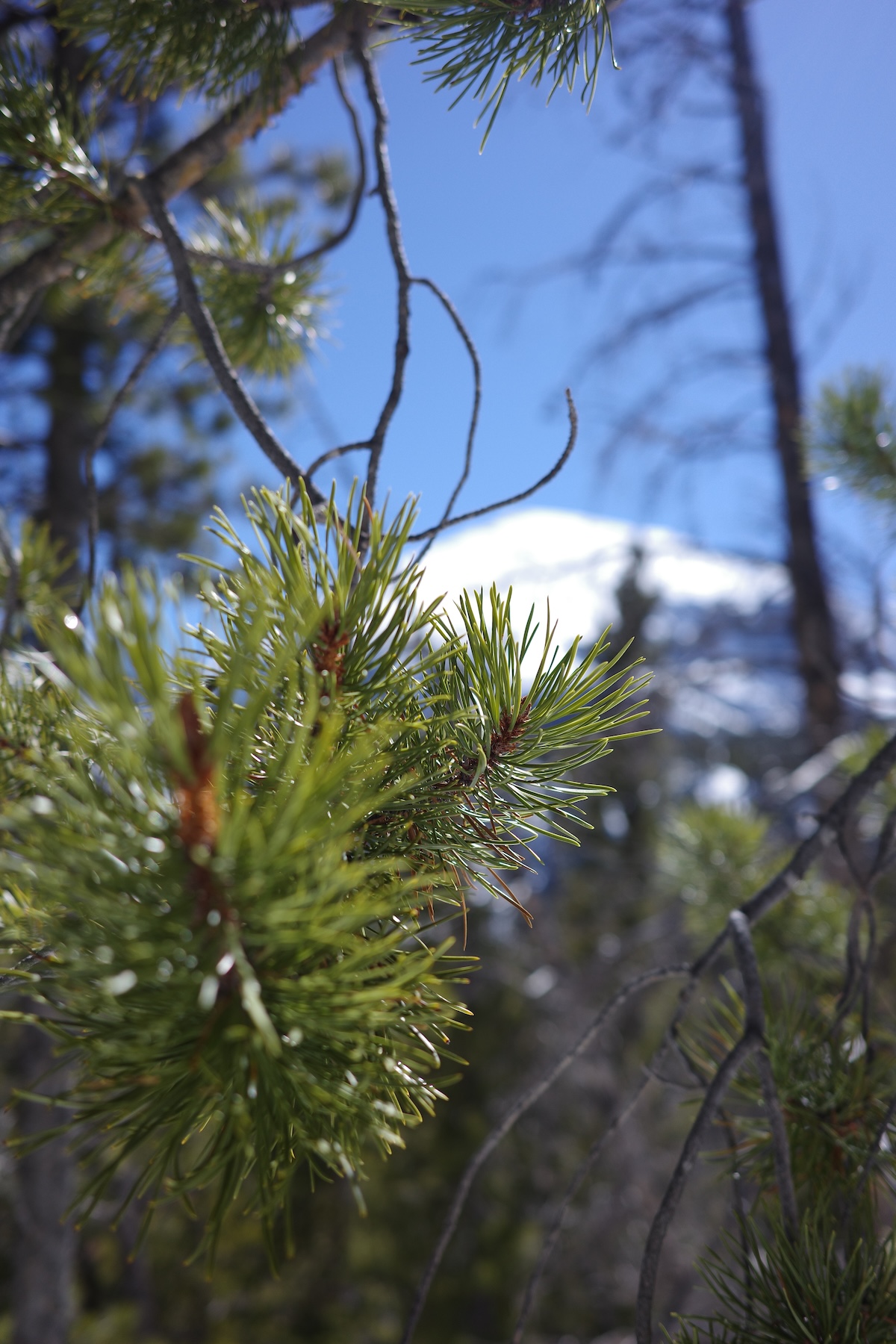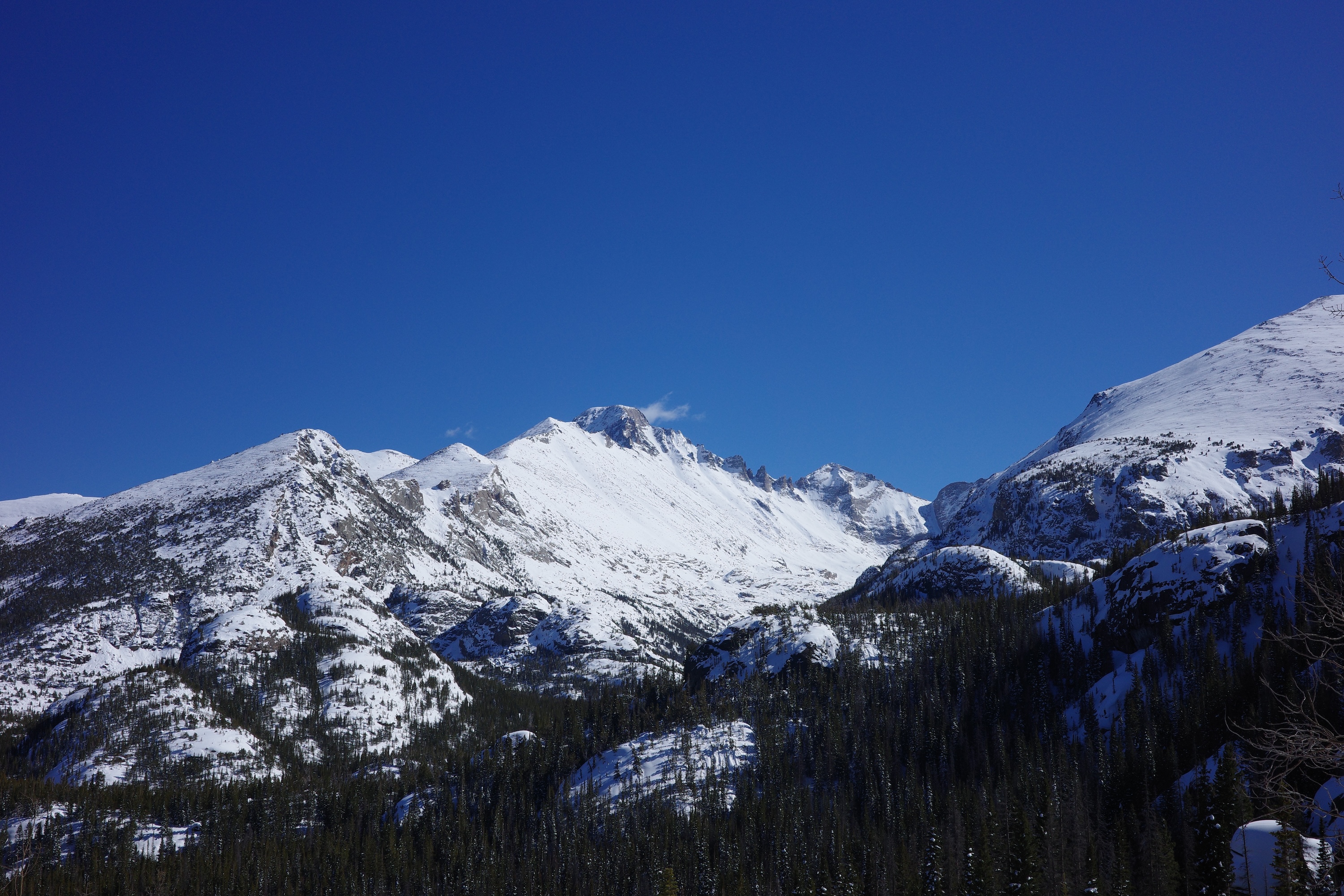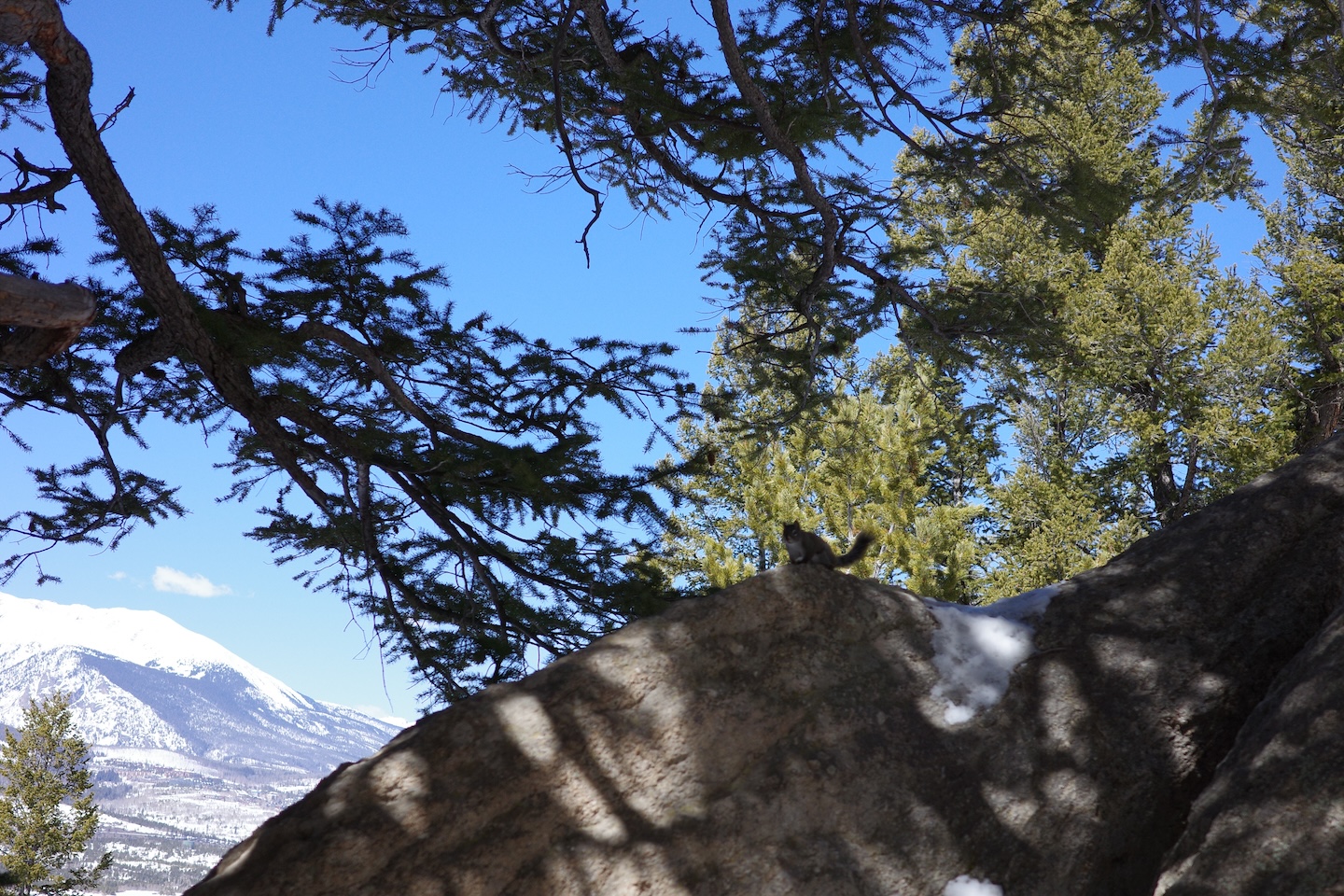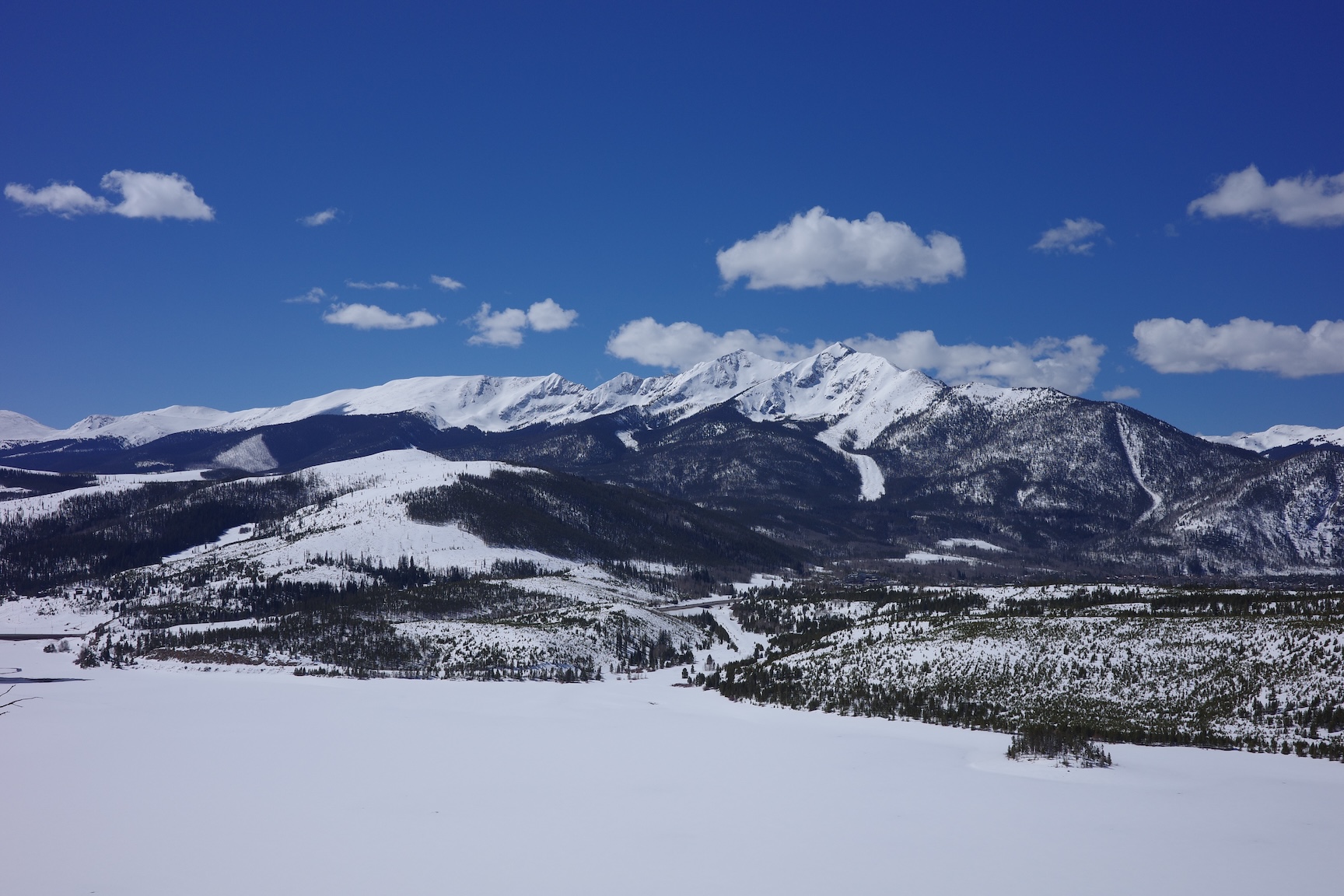The park spans elevations from 7,860 feet (2,396 meters) to 14,259 feet (4,346 meters) at the summit of Longs Peak, one of Colorado’s famous “Fourteeners.”
The park features a variety of ecosystems, including montane forests, subalpine forests, and alpine tundra. This diversity supports an array of wildlife, from elk and black bears to pikas and marmots.
Trail Ridge Road is the highest continuous paved road in the United States, reaching an elevation of 12,183 feet (3,713 meters). It offers breathtaking views and crosses the Continental Divide.
The park offers activities for every season, including hiking, camping, fishing, snowshoeing, and wildlife watching. Over 300 miles of hiking trails provide access to serene lakes, dense forests, and high peaks.
The park’s rugged landscape was formed over billions of years, with some rock formations dating back nearly 1.7 billion years. Glaciers played a significant role in shaping the park’s valleys and peaks.
Rocky Mountain National Park is home to over 1,000 species of flowering plants, 280 species of birds, and 60 species of mammals, making it a biodiversity hotspot.
The area has been inhabited for thousands of years by Native American tribes, including the Ute and Arapaho. The park preserves some of the ancient cultural sites and artifacts.
The park is an International Dark Sky Park, offering incredible stargazing opportunities. On clear nights, visitors can see the Milky Way and thousands of stars with minimal light pollution.
With over 4.5 million visitors annually, Rocky Mountain National Park is one of the most visited national parks in the United States, especially popular for its stunning landscapes and accessible wilderness.
Weather in the park can be unpredictable. It’s common to experience snow in the higher elevations even in the summer months, and thunderstorms can develop quickly, especially in the afternoons.


















